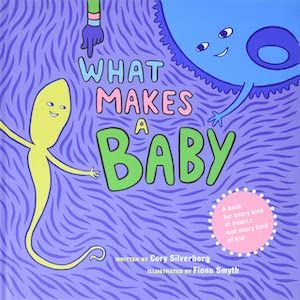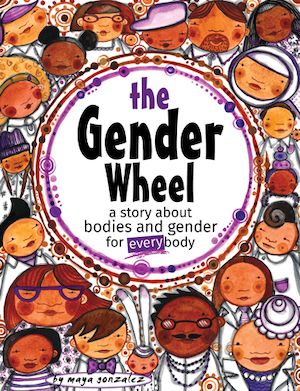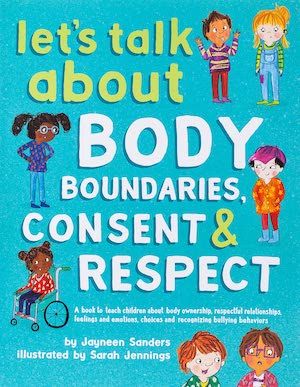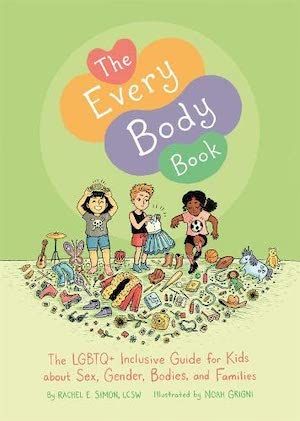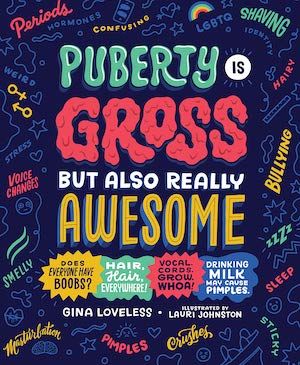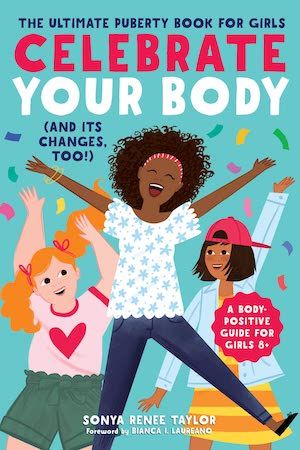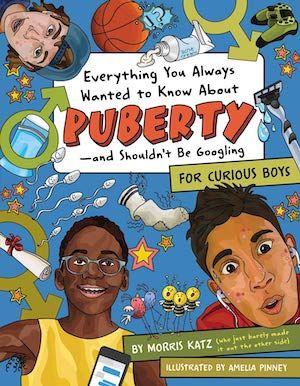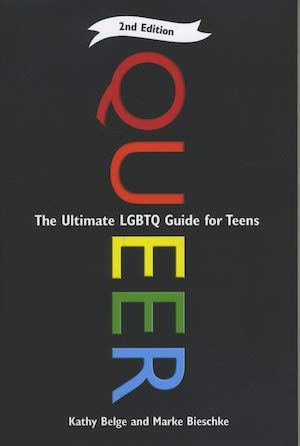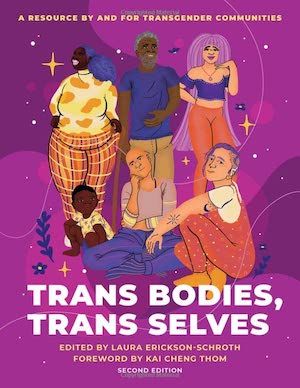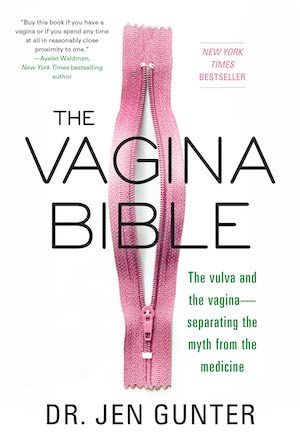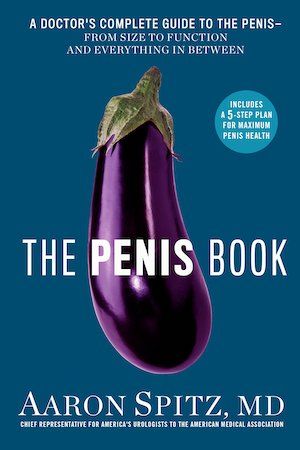Aside from the obvious and myriad ways I find this form of censorship deeply disturbing (and infuriating), I also find myself concerned in my capacity as the parent of a young child. As the American College on Obstetricians and Gynecologists has found, there are so many important gains accomplished through a comprehensive sexuality education. Yet with books about puberty, anatomy, sex, and sexuality being targeted in book banning campaigns, kids’ ability to access materials that will help them gain this education (especially when their parents or schools will not) is in serious peril. The overturn of Roe v Wade only makes the importance of educating kids more important. After all, kids need to understand how the human body works (especially if access to abortions is limited). And when it comes to sex, knowledge is crucial for safety. As authors and pediatricians Lisa Klein and Carrie Leff explain, “Some parents believe that telling children the truth about sex and our bodies will spoil their innocence. But innocence and ignorance are not the same.” (Ironically, this comes from an article Klein and Leff wrote about why their book on puberty was banned.) As I put together this list, I noticed a dearth of available materials by authors of color. It’s widely acknowledged that there’s a “diversity gap” in the publishing industry, especially where children’s literature is concerned. In fact, even though portrayals about people of color have been on the rise in children’s lit in recent years, it turns out there has been little change in the number of books written by people of color. While the diversity gap in children’s literature is not a new thing, it’s especially problematic where sex education is concerned. A recent study by Indiana University researchers Yael R. Rosenstock Gonzalez, Deana Williams, and Debby Herbenick found that there is very little representation of darker skin tones in sex ed textbooks. The study is difficult to access without access to a university library system, but a summary of it on Phys.org discusses how youth of color who don’t see themselves represented in educational materials “may avoid or delay sexuality education opportunities or clinical care if they do not see themselves represented in recommended resources.” Add to this the issue that in the U.S., the vast majority of doctors are white — with a 2021 study finding that even though white men no longer statistically dominate the medical industry (broadly defined), there have only been small increases in Black and Hispanic doctors (male or female) in the past 20 years — and the larger picture becomes even more clear. Since a good proportion of sex ed books available for young readers (and adults, actually) are authored by physicians, the lack of racial diversity in the medical industry undoubtedly inflects authorship. And when you combine that with the issues in the publishing industry discussed above…well, the impact is clear. Alongside the lack of materials penned by authors of color, there’s also a clear heteronormative bent to many of the books about bodies and sexuality out there right now. I guess this isn’t surprising. As Matthew Todd points out in the article “Rewriting History,” “for over the past 20 years the [publishing] industry has championed literary” LGBTQ+ stories — but not doing nearly as much work normalizing queer bodies, lives, or issues in nonfiction. Point in case, in a 2018 report on LGBTQ+ literature for young readers, the Cooperative Children’s Book Center at the University of Wisconsin-Madison found that of 3700 books received in the year 2017, not even 4% had significant LGBTQ+ content; just over half of those were written by an author who identifies as LGBTQ+. Even more concerning, only 9 books — out of 3700! — were nonfiction. That’s less than 1/4 of a percent of children’s and teen literature, y’all. And while these statistics are a few years old, the implications are clear: if less than a fraction of a percent of books for young readers contain significant LGBTQ+ content and are nonfiction, then where are all the educational books on bodies, puberty, and sex for kids (whether they identify as LGBTQ+ or not)? With all this in mind, it’s good that diverse representations are increasing (however incrementally) in publications for kids and teens, but where sex ed is concerned it’s especially important to locate materials that speak to kids of all colors, orientations, genders, and abilities. I’ve curated a list of books that does as much of this work as possible, but the skewed demographics influenced by the publishing and medical industries are real and are reflected in my selections. Even so, I hope this list of sex education books for kids can serve as a resource for anyone who wants kids — of all ages — to have access to materials that will help them learn about their own bodies. I’ve organized the list so that it begins with picture books for early readers and moves to more in-depth books for adolescents (or even adults), so as you progress through the list, the age of the expected reader advances.
